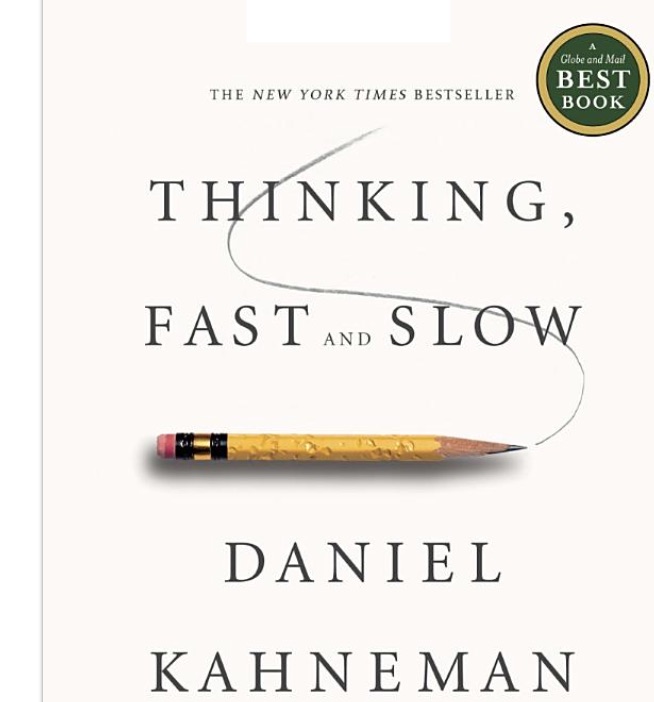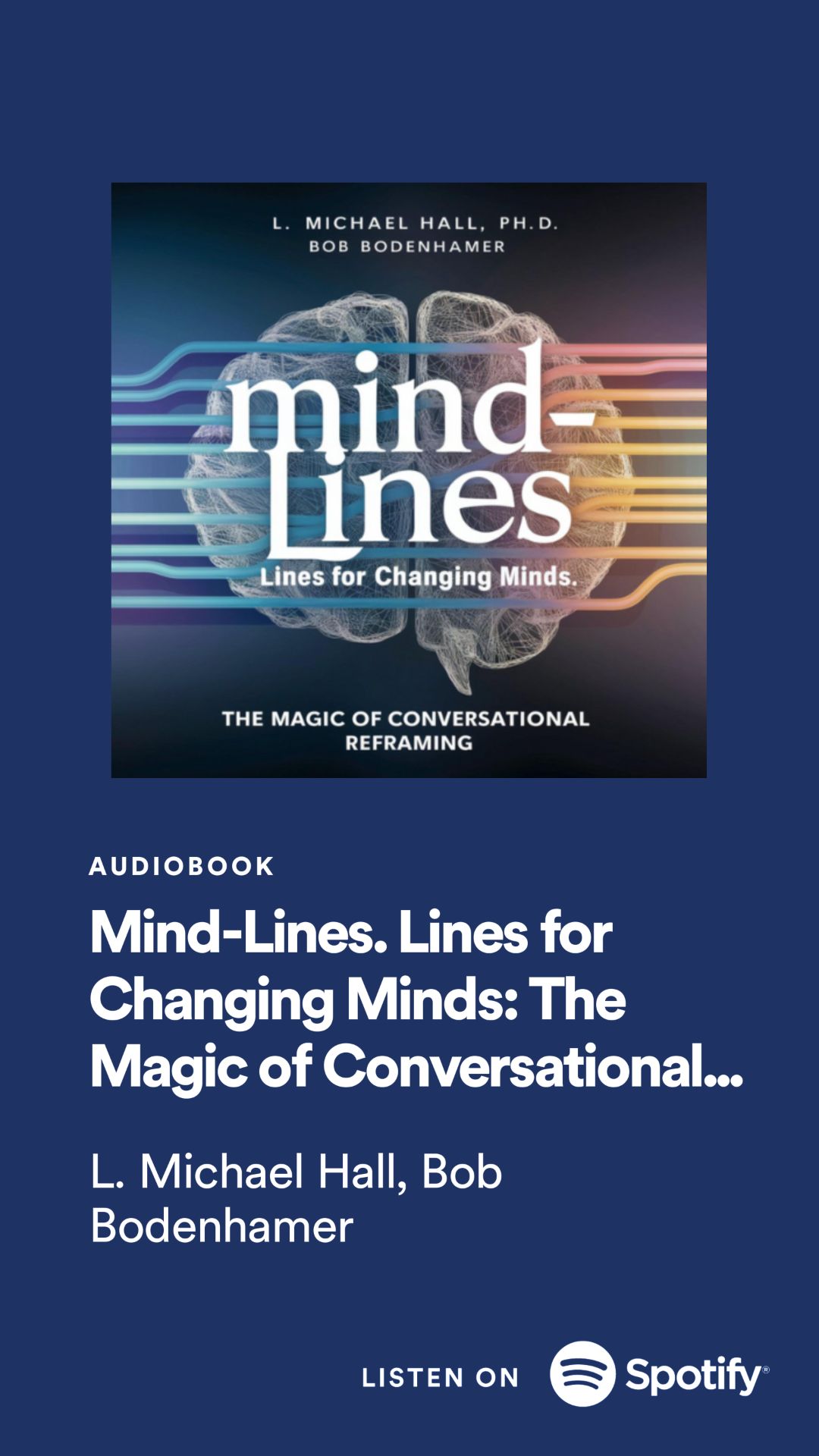Thinking, Fast and Slow is a book by Daniel Kahneman, a Nobel laureate in Economics, which was published in 2011. The book explores the two systems that drive the way we think:
System 1, which is fast, intuitive, and automatic, and
System 2, which is slow, deliberate, and analytical. The book is divided into five parts, each of which explores a different aspect of human decision-making.
Part 1: Two Systems
The first part of the book introduces the two systems that drive the way we think. System 1 is the automatic, intuitive system that makes quick decisions based on limited information. System 2 is the slow, analytical system that makes deliberate decisions based on careful analysis of all available information. Kahneman argues that System 1 is more influential in our decision-making than we realize, and that it can often lead us astray.
Part 2: Heuristics and Biases
The second part of the book explores the various heuristics and biases that affect our decision-making. Heuristics are mental shortcuts that we use to make quick decisions, while biases are systematic errors in our thinking that lead us to make incorrect decisions. Kahneman shows how these heuristics and biases can lead us to make poor decisions, even when we think we are making the right ones.
Part 3: Overconfidence
The third part of the book explores the concept of overconfidence. Kahneman argues that we are often too confident in our own abilities and knowledge, which can lead us to make poor decisions. He shows how overconfidence can be especially dangerous in complex decision-making situations, where the stakes are high and the outcomes are uncertain.
Part 4: Choices
The fourth part of the book explores the concept of choice. Kahneman argues that our choices are often influenced by factors that we are not consciously aware of, such as our emotions and our social context. He shows how these unconscious factors can lead us to make choices that are not in our best interests, and he offers strategies for making better choices.
Part 5: Two Selves
The fifth and final part of the book explores the concept of the "two selves." Kahneman argues that we have two selves: the experiencing self, which is focused on our current experience, and the remembering self, which is focused on our memories of past experiences. He shows how these two selves can lead us to make different decisions, and he offers insights into how we can better align our two selves to make more informed decisions.
Overall, Thinking, Fast and Slow is a groundbreaking book that challenges our assumptions about how we think and make decisions. Kahneman's insights into the workings of the human mind are based on decades of research in psychology and economics, and his book has been widely acclaimed as a masterpiece of popular science. Whether you are interested in psychology, economics, or simply in understanding how your own mind works, this book is essential reading.
























